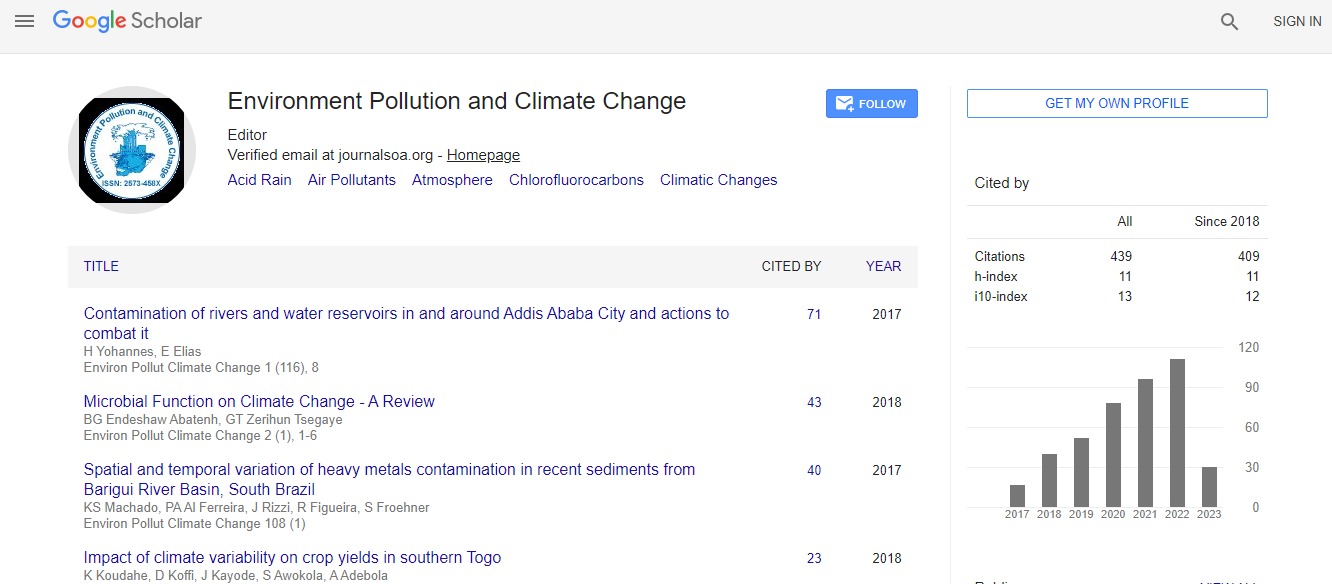Short Communication
How the Roadway Pavement Roughness Impacts Vehicle Emissions?
Fengxiang Qiao, Qing Li* and Lei YuInnovative Transportation Research Institute, Texas Southern University, Houston, Texas, 77004, USA
- Corresponding Author:
- Qing Li
Post-doctoral Fellow
Innovative Transportation Research Institute
Texas Southern University
3100 Cleburne Street, Houston, Texas, 77004
Tel: 713-313-7532
E-mail: liq@tsu.edu
Received date: July 14, 2017; Accepted date: July 21, 2017; Published date: July 26, 2017
Citation: Qiao F, Li Q, Yu L (2017) How the Roadway Pavement Roughness Impacts Vehicle Emissions? Environ Pollut Climate Change 1:134. 10.4172/2573- 458X.1000134
Copyright: © 2017 Qiao F, et al. This is an open-access article distributed under the terms of the Creative Commons Attribution License, which permits unrestricted use, distribution, and reproduction in any medium, provided the original author and source are credited.
Abstract
Understanding the environmental impacts of roadway management strategies is essential not only to the estimation of construction cost, but also the protection of the environment and the conservation of the global ecological system. Vehicle speed and fuel consumptions may vary with driving conditions. Vehicle emissions can be estimated based on the speed, acceleration rate, and Vehicle Specific Power (VSP), which could normally be listed in an Operating Mode Identification (OMID) table. The relationships between pavement roughness (indicated by International Roughness Index or IRI) and speed/fuel consumption could be reflected by linear models, while the IRI is nonlinearly correlated to the emissions. It is recommended further identifying the relationships between IRI and emissions with more on-road tests for all types of vehicles on different types of roadway systems, so as to minimize the environmental, ecological, and even public health impacts through proper roadway management strategies.

 Spanish
Spanish  Chinese
Chinese  Russian
Russian  German
German  French
French  Japanese
Japanese  Portuguese
Portuguese  Hindi
Hindi 
